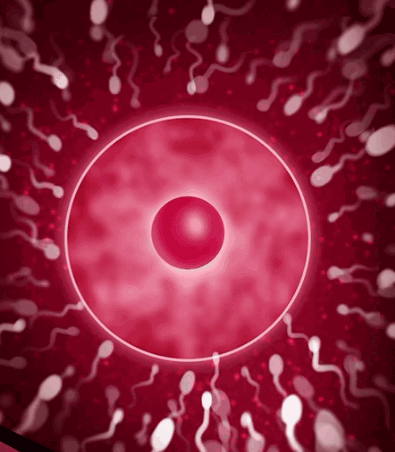Brief Summary Of Fertilization
This Brief Summary Of Fertilization provides a concise overview of how a baby comes into being. Fertilization, also known as conception, is a remarkable biological process that leads to the creation of new life.
Key points you need to know about human fertilization:
Definition and Purpose of Fertilization:
- Fertilization occurs when a man’s sperm combines with a woman’s egg to form a single cell. This union marks one of the first steps toward pregnancy.
- The ultimate goal of fertilization is to create a zygote, which will develop into an embryo and eventually a baby.
Where Fertilization Happens:
- Contrary to popular belief, fertilization does not occur in the uterus (where the baby develops). Instead, it takes place in the fallopian tubes.
- Each sperm embarks on a challenging journey: from the vagina to the cervix, through the uterus, and finally to the fallopian tubes.
- If a sperm successfully reaches the egg, it penetrates the egg’s protective layer and fertilizes it.
Timing and Conditions for Fertilization:
- Fertilization is a precise process that depends on timing.
- It can only happen during a small window, typically within a few days of ovulation (a few days before up until a day after ovulation).
- Even if a sperm reaches the fallopian tube, it doesn’t guarantee fertilization. Factors like timing and egg availability play a crucial role.
Implantation:
- After fertilization, the zygote (fertilized egg) travels from the fallopian tubes to the uterus.
- With the help of finger-like structures called fimbriae, the zygote implants itself into the uterine wall.
- Most of the time, implantation occurs in the uterus as expected. However, in some cases, it may happen outside the uterus (an ectopic pregnancy).
Ectopic Pregnancy - abnormal implantation:
- An ectopic pregnancy occurs when the fertilized egg implants and grows somewhere other than the uterus (e.g., fallopian tube, ovary, cervix, or abdomen).
- Unfortunately, an ectopic pregnancy is not viable because these areas lack the necessary tissue and space for a growing pregnancy.
Duration of Fertilization:
- Contrary to common misconceptions, fertilization doesn’t happen immediately after intercourse. It takes time for the sperm to reach the egg and for the zygote to form.
- The process involves intricate steps, but it’s essential for the continuation of human life.
Conclusion
Remember, the journey from fertilization to a healthy pregnancy involves many more steps, but understanding the basics of fertilization is a fascinating glimpse into the miracle of life! 🌟👶🌟



No comments:
Post a Comment